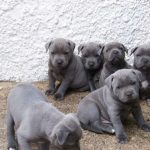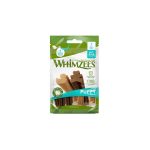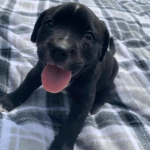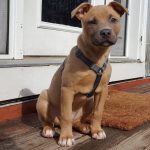Do Puppies Drool When Teething? Uncover The Truth And Take Action Now For A Happy, Healthy Pup!
Do Puppies Drool When Teething?
Introduction
Hello, Puppies Lover! Are you curious to know if puppies drool when teething? Well, you’ve come to the right place. In this article, we will explore everything you need to know about this adorable yet messy phase of a puppy’s life. Teething can be a challenging time for both puppies and their owners, but understanding why puppies drool during this period can help you navigate through it with ease.
1 Picture Gallery: Do Puppies Drool When Teething? Uncover The Truth And Take Action Now For A Happy, Healthy Pup!
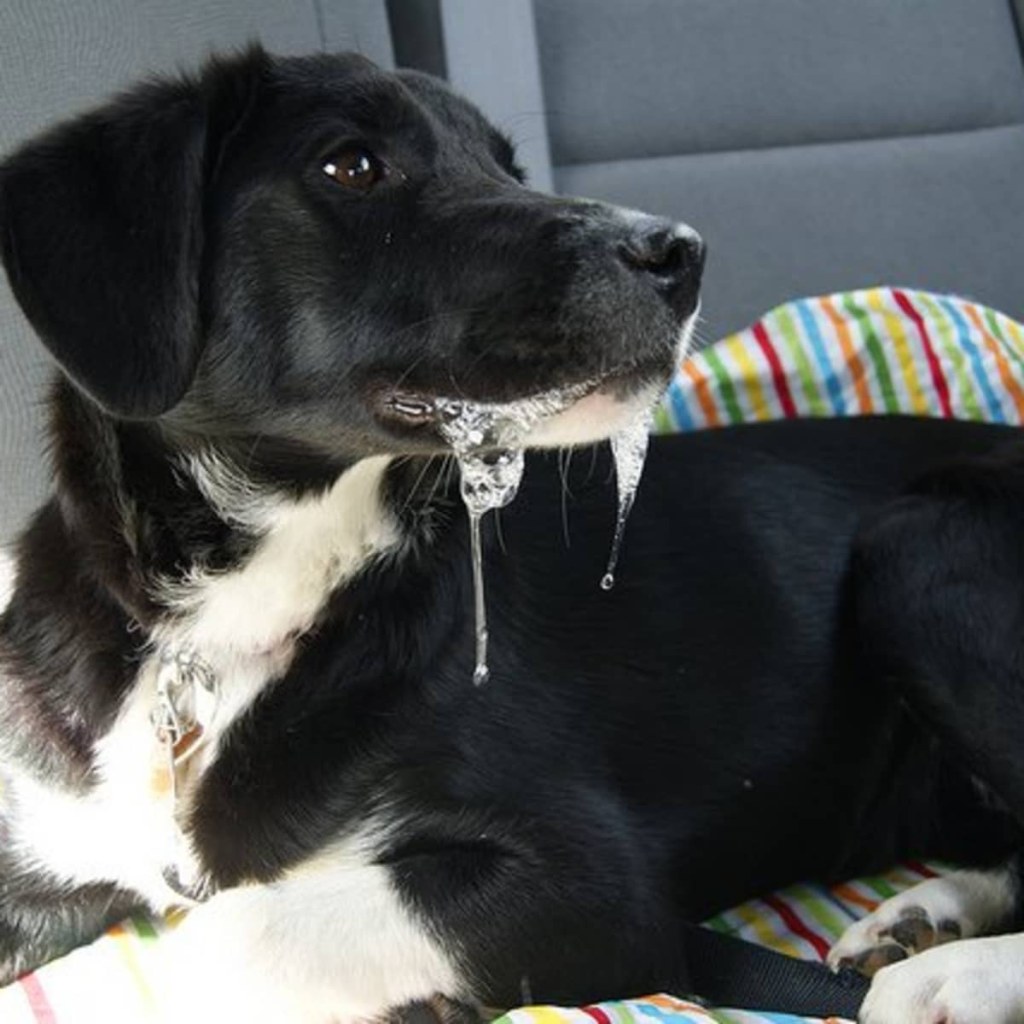
Now, let’s dive into the fascinating world of puppy teething and uncover the answers to your burning questions.
What is Puppy Teething?

Image Source: saymedia-content.com
🐶 Puppy teething is a natural process in which a puppy’s baby teeth are replaced by permanent adult teeth. This typically begins around 3 to 4 months of age and can continue until they are 6 to 8 months old. During this phase, puppies may experience discomfort and exhibit various behaviors, including drooling.
Who Drools When Teething?
🐾 All puppies have the potential to drool when teething. However, not all puppies may exhibit excessive drooling. Some puppies may have more prominent drooling than others, depending on their individual characteristics and breed. It is essential to understand that drooling during teething is a natural and temporary occurrence.
When Does Drooling Occur?
⏰ Drooling in puppies usually coincides with the teething process. It typically starts when a puppy’s adult teeth begin to push through the gums, causing discomfort and irritation. The drooling may continue until the new teeth have fully emerged, and the gums have healed. This stage can last for several weeks, during which you may notice increased drooling in your furry friend.
Where Does Drooling Happen?
🏠 Drooling can happen anywhere your puppy goes. Whether they are playing, resting, or eating, you may notice drool accumulating around their mouths or even on their toys and bedding. It’s important to keep their environment clean and provide them with appropriate chew toys to help alleviate discomfort and minimize the mess.
Why Do Puppies Drool When Teething?
❓ The drooling during teething is essentially a natural response to the discomfort and pain caused by the emergence of new teeth. As the adult teeth push through the gums, they can cause inflammation and soreness, leading to excessive salivation. Additionally, the increased drooling can aid in the lubrication of the gums, facilitating the eruption of the new teeth.
How to Manage Drooling During Teething
🔧 While drooling during teething is normal, there are ways to manage it and minimize any potential discomfort for your puppy. Here are a few tips:
Provide appropriate chew toys that are specifically designed for teething puppies. These toys can help relieve the pain and provide a safe outlet for your puppy to chew on.
Keep your puppy’s environment clean to prevent any bacterial growth. Regularly clean their toys, bedding, and food bowls to maintain good hygiene.
Gently wipe your puppy’s mouth with a soft cloth or tissue to keep them clean and dry. This can help prevent skin irritation and discomfort caused by excessive drooling.
Avoid using harsh chemicals or substances on your puppy’s toys or bedding, as they may be harmful if ingested during the teething phase.
Consult with your veterinarian if you notice any signs of excessive drooling accompanied by other concerning symptoms, such as loss of appetite or lethargy. They can provide professional guidance and ensure your puppy’s overall health.
Advantages and Disadvantages of Puppy Teething Drool
👍 Advantages:
Facilitates the eruption of new teeth by lubricating the gums.
Can be an indication that your puppy’s teething process is progressing normally.
👎 Disadvantages:
Increased drooling can lead to messiness and require extra cleaning.
Excessive drooling may cause skin irritation and discomfort for your puppy.
Drool may stain furniture, clothing, or other surfaces if not managed properly.
Frequently Asked Questions
Q1: Is it normal for puppies to drool when teething?
A1: Yes, drooling during the teething phase is a normal and temporary occurrence in puppies.
Q2: How long does teething drooling last in puppies?
A2: Teething drooling can last for several weeks until the new teeth have fully emerged.
Q3: Should I be concerned if my puppy’s drooling is excessive?
A3: While some drooling is normal, excessive drooling accompanied by other concerning symptoms should be evaluated by a veterinarian.
Q4: Can I give my puppy teething toys to help with the drooling?
A4: Yes, providing appropriate teething toys can help relieve your puppy’s discomfort and minimize excessive drooling.
Q5: How can I clean up excess drool effectively?
A5: To clean up excess drool, gently wipe your puppy’s mouth with a soft cloth or tissue and regularly clean their toys and bedding.
Conclusion
In conclusion, puppies do drool when teething, and it is a normal part of their development. Understanding why puppies drool during this phase can help you provide the necessary care and support for your furry friend. Remember to provide appropriate chew toys, keep their environment clean, and consult with a veterinarian if you have any concerns. With proper management, you can ensure a comfortable teething journey for your adorable puppy!
Final Remarks
📢 Disclaimer: The information provided in this article is for educational purposes only and should not replace professional veterinary advice. If you have any concerns about your puppy’s health or behavior, please consult with a licensed veterinarian.
This post topic: Puppies
